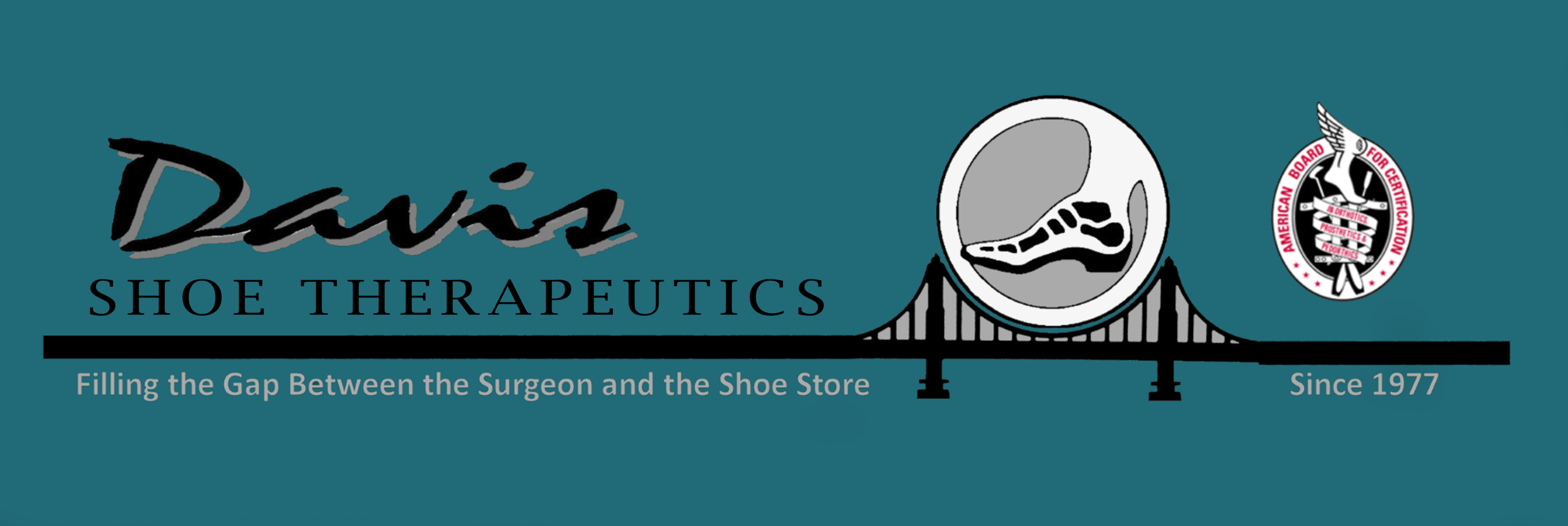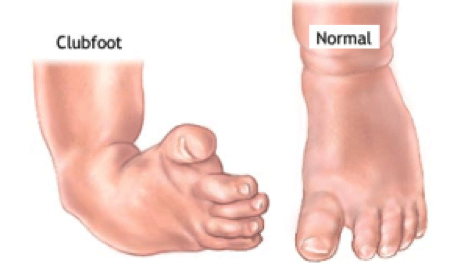Club Foot Disorders
Club Foot Disorders
Club Foot Disorders
As Pedorthists, we most often see club foot disorders in adults who, as children, had surgical or serial-casting treatments to correct this surprisingly prevalent birth defect. The early treatments (soon after birth) are intended to re-position the feet from turning severely inwards and upwards, to the normal position where the bottoms face the supporting surface. In most cases, the treatments were effective enough to provide relatively normal functioning feet as people grew into adults. There are, however, a number of people whose treatments were not as effective. These people have often had multiple surgeries and can suffer from a neurological deficit of the lower extremities as well. Although their feet may align with the ground, they are by no means pain free and commercial footwear doesn’t come close to alleviating the pain or provide enough stability. Uncorrected club feet are not often seen in our area but when it has been presented, we have made custom boots or custom sandals.
$ Self-Help
For those whose feet are flexible, but rather short and wide, look for shoes that come in wide widths and have a wide base. Athletic shoes are often the best choice when shopping in commercial stores. If you can’t find wide widths in the store, try shopping on-line where you can search by size and where inventories are more extensive than in stores. When feet are not flexible, and don’t absorb shock well, look for polyurethane bottoms that are bouncy, but they should be stable. Often high-tops like basketball shoes, hiking boots or work boots are helpful. For shoes that are more feminine, low-heel Maryjanes can sometimes work, but not ones that have a narrow heel base. The heel base should be as wide as the shoes.
Narrow Bottom, No
Wide Bottom, Yes
$$ Pedorthist
For short, wide feet, pedorthic facilities have access to therapeutic brands that come in very wide sizes and are shaped more like feet than commercial shoes.
Pedorthist: For feet that are irregular on the bottom, custom orthotic devices can alleviate areas of high pressure. If shoes are not wide enough in the middle, they can be made wider by cutting through the center of the shoes longitudinally, opening the cut, then filling it (see illustrations).
$$$ Pedorthist or Orthotist
Where muscle weakness is involved because of a neurological deficit, a custom ankle brace may help stabilize the foot by using the lower leg for support. An “ankle gauntlet”, or other types of “AFO’s” are often covered by insurance companies (see illustration).
$$$$ Pedorthist or Custom Shoemaker
If the need is to combine stability, and accommodation with lifestyle needs, custom shoes, boots, or brace boots would be indicated. (see illustration)








